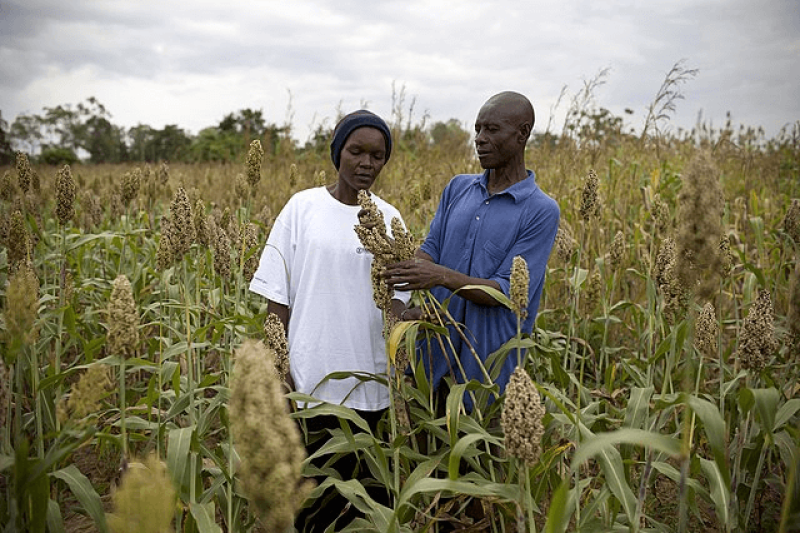On the African continent, a dozen genetic-editing projects are being put at the forefront of agriculture. However, for the past 20 years, European countries have been repressing this technology, due to pressure from certain environmental groups and — above all — uncritical acceptance by a large part of upper-income countries. These opinions contradict science. As Norman Borlaug — the father of the Green Revolution — noted in a past interview with EL PAÍS: “environmentalists oppose GMOs because their bellies are full.”
Greenpeace made the biggest mistake in its history by turning its opposition to GMOs into one of its main campaigns, alongside the rightful battles that it wages against radioactive waste, ocean pollution and climate change. Scientists have been pointing out this anomaly for decades, but the directors of Greenpeace have insisted on being on the side of irrationality… even after a hundred Nobel Prize winners accused them of crimes against humanity for maintaining this position. Fortunately, the situation is changing, right where it’s most-needed.
Since 2022, Kenya, Nigeria and Malawi have approved that plants edited with CRISPR should be classified in the same way as any conventional variety. Uganda and Ethiopia are in the process of doing the same.































